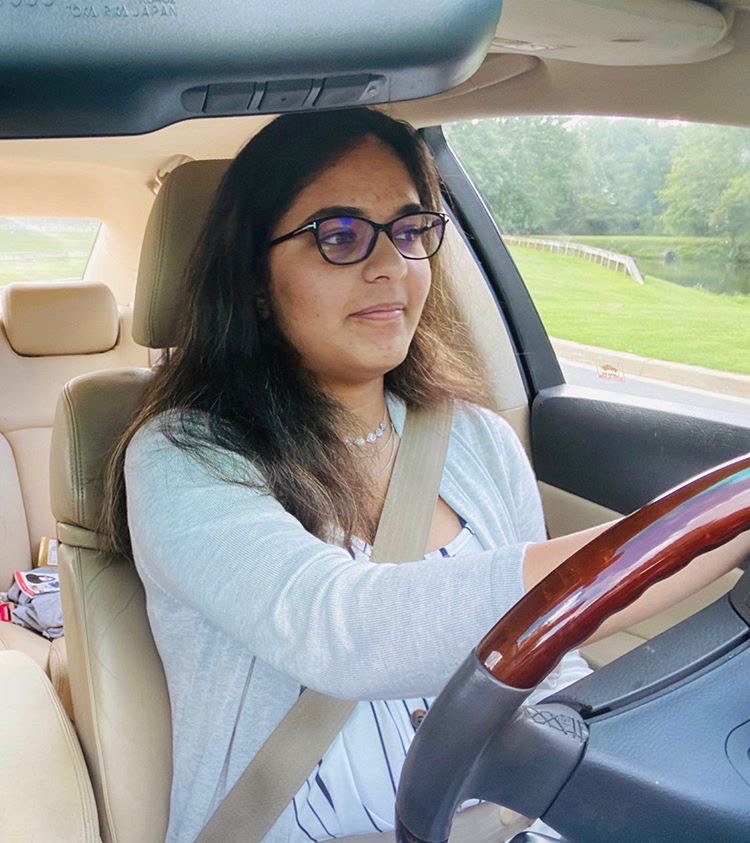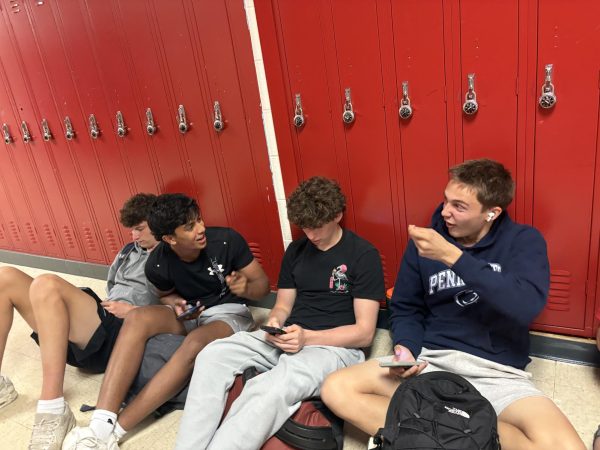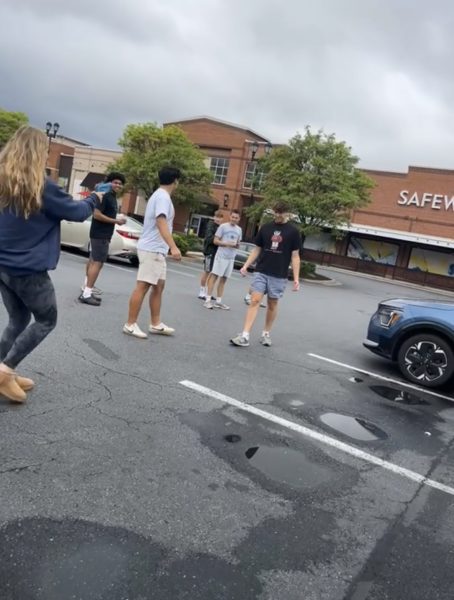Road to completing driver’s education yields hurdles due to coronavirus
Junior Suhani Singh practices driving to prepare for her provisional license test.
High school years are the prime time for driver’s education lessons and testing. Since the pandemic arrived in mid-March, the Maryland Department of Transportation MVA has taken the necessary precautions so instruction and testing may resume, and new drivers can hit the road.
I Drive Smart and Greg’s Driving School are two driver’s education companies in the area. Both schools offer courses for students to complete the state mandated total of 30 hours of classroom instruction and six hours of in-car instructor-assisted training in order for students to obtain their provisional driver’s license. Students are now eligible to register for online classroom lessons and do behind-the-wheel training hours in-person.
For the temporarily online Driver’s Education class, the MVA requires students to have a device with a camera installation for maximum student participation. Junior Suhani Singh got her learner’s permit on July 22, just days after she completed the online Driver’s Ed classroom course. In addition, she has had two in-car driving sessions in early October. The online course she took lasted for a total of 10 days and three hours in each session. “It was pretty chill and fun. My instructor would go through the same presentation that was used for the in-person classes. We had a short quiz at the end of each session and a final test at the end of the last session,” Singh said.
As for in-car provisional license testing and post learner’s permit instructional training, the MDOT MVA and driving schools are following the CDC recommendations and state mandates to ensure student and staff protection against the virus. The MVA listed that in addition to operating on an appointment-only basis, at facilities, they require face coverings, temporal scans, health screening questions, safeguard dividers and social distancing.
Sophomore Ande Bernal recently took his driver’s permit test after waiting in long lines and filling out ample paperwork. “I felt mostly safe during my experience at the DMV. The only thing that bothered me was that the line for the law test was very long, and people were definitely closer than six feet together,” Bernal said.
For students who have their learner’s permit, a minimum of 60 hours of supervised practice hours are required, and 10 of those hours must be completed at night. Repercussions of COVID-19 mean more time at home and less time running errands, or generally having fewer places to go. Because of this, new drivers may find a lack of motivation to practice skills and gain experience to navigate the road.
Sophomore Ella Lizondo recently earned her learner’s permit. “I don’t drive that much because I don’t go a lot of places obviously because of the virus, but on average I drive around my area once or twice a week,” Lizondo said.
Your donation will support the student journalists of Thomas S. Wootton High School. Your contribution will allow us to purchase equipment and cover our annual website hosting costs.
Maya Seiler is a 2022 graduate. In her free time, she enjoys spending time with friends and baking. You can follow Maya's Instagram @maya.seiler.







